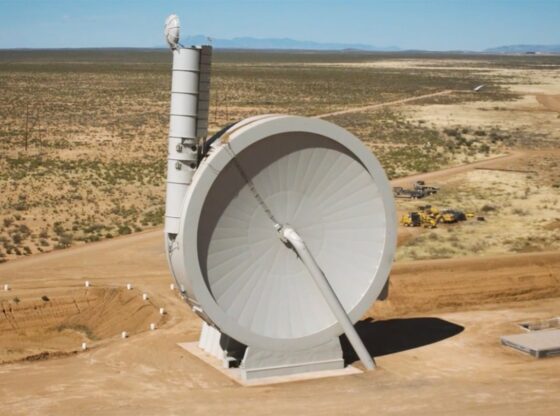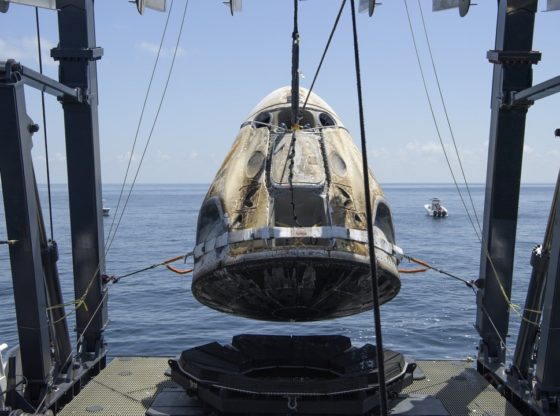
There’s nothing novel about the idea of charging someone big bucks for a trip into space. Russia started charging a string of ultra-wealthy people $20 million or more for a trip to the International Space Station (ISS) And several private companies will soon follow, but now NASA might soon be joining Richard Branson, Jeff Bezos, and Elon Musk in the space-for-profit race.
That was just practice for charging NASA per seat on its Soyuz rockets, but the tables are about to turn. NASA will soon have access to SpaceX and Boeing spacecraft, and it’s considering flying some space tourists of its own.
After watching the billionaires’ respective Virgin Galaxy, Blue Origin, and SpaceX race to blast tourists out of the earth’s atmosphere, NASA is considering a proposal to sell private citizens tickets aboard rockets to and from the International Space Station (ISS).
The Washington Post notes the agency is mulling the possibility of offering seats to private tourists on the ships that take astronauts to the International Space Station, similar to how Russia has accepted space tourists in the past.
The move would be a big departure from the agency’s traditional mission – focused purely on science and space exploration. In fact, to generate revenue, NASA may also seek to allow commercial use of its logo and astronauts the opportunity to appear in commercials, in addition to other promotional activities – an effort to feature the agency more prominently in American culture.
In a statement, NASA said:
“[The agency] will be conducting a cultural assessment study in coordination with our commercial partners to ensure the companies are meeting nasa’s requirements for workplace safety, including the adherence to a drug-free environment.”
NASA doesn’t even put its logo on cargo rockets because that could be seen as an endorsement of the manufacturer. In the future, astronauts could appear in commercials, and NASA could even sell naming rights to rockets.
“I’d like to see, maybe one day, NASA astronauts on the cover of a cereal box, embedded into the American culture,”
– NASA Administrator Jim Bridenstine in an August presentation.
Although the proposal was backed by a NASA subcommittee Friday, it would have to be approved by the entire advisory council and then Bridenstine before dreams of bumming a ride into space become more of a reality.











![OpenAI. (2025). ChatGPT [Large language model]. https://chatgpt.com](https://www.illustratedcuriosity.com/files/media/55136/b1b0b614-5b72-486c-901d-ff244549d67a-350x260.webp)
![OpenAI. (2025). ChatGPT [Large language model]. https://chatgpt.com](https://www.illustratedcuriosity.com/files/media/55124/79bc18fa-f616-4951-856f-cc724ad5d497-350x260.webp)
![OpenAI. (2025). ChatGPT [Large language model]. https://chatgpt.com](https://www.illustratedcuriosity.com/files/media/55099/2638a982-b4de-4913-8a1c-1479df352bf3-350x260.webp)








